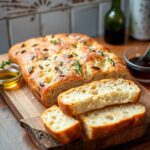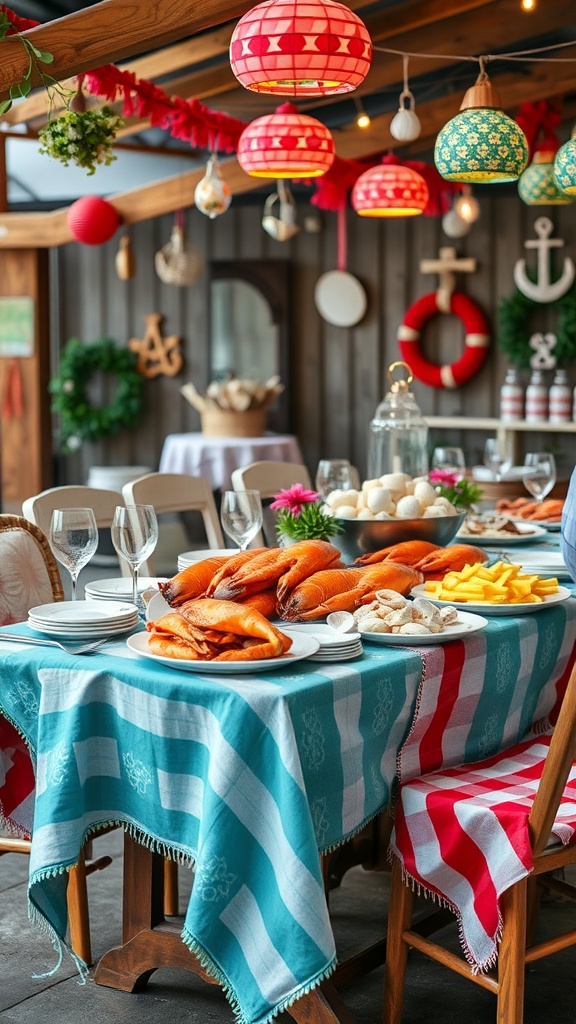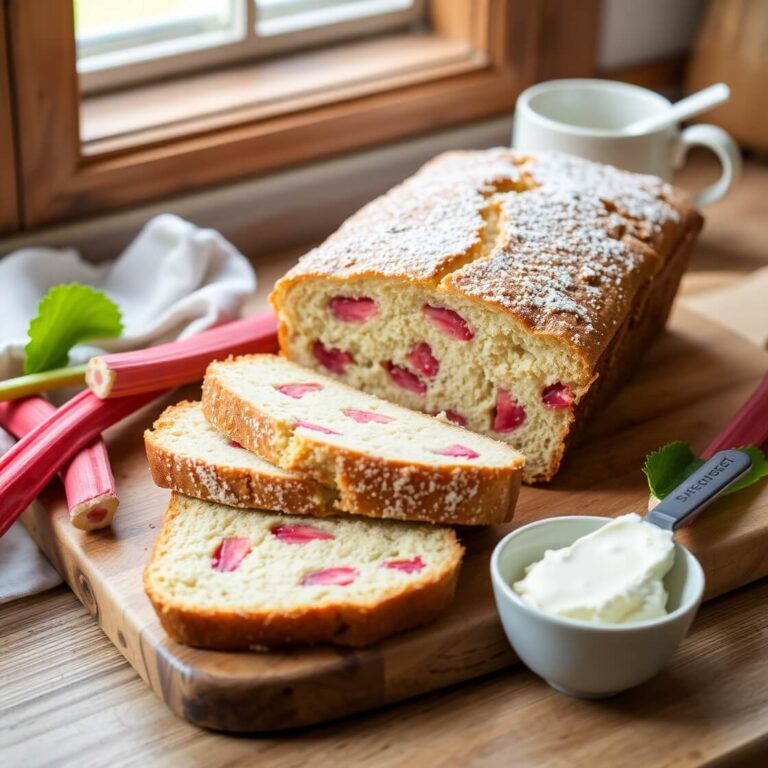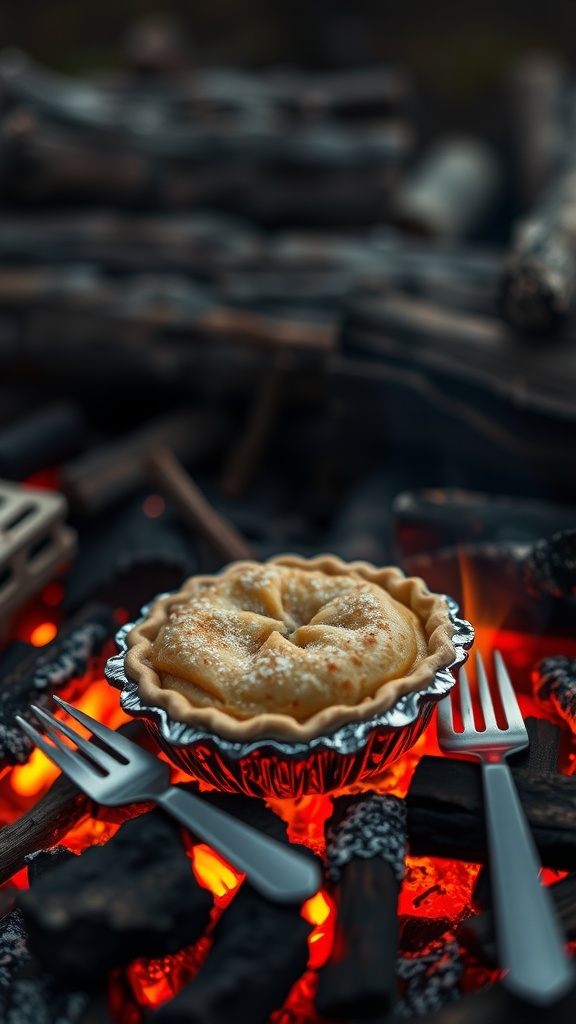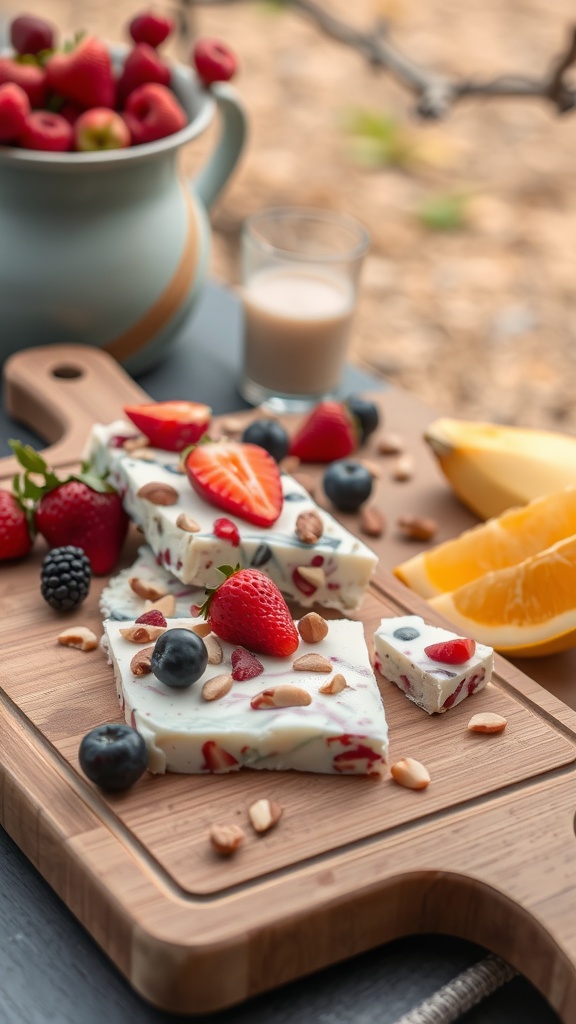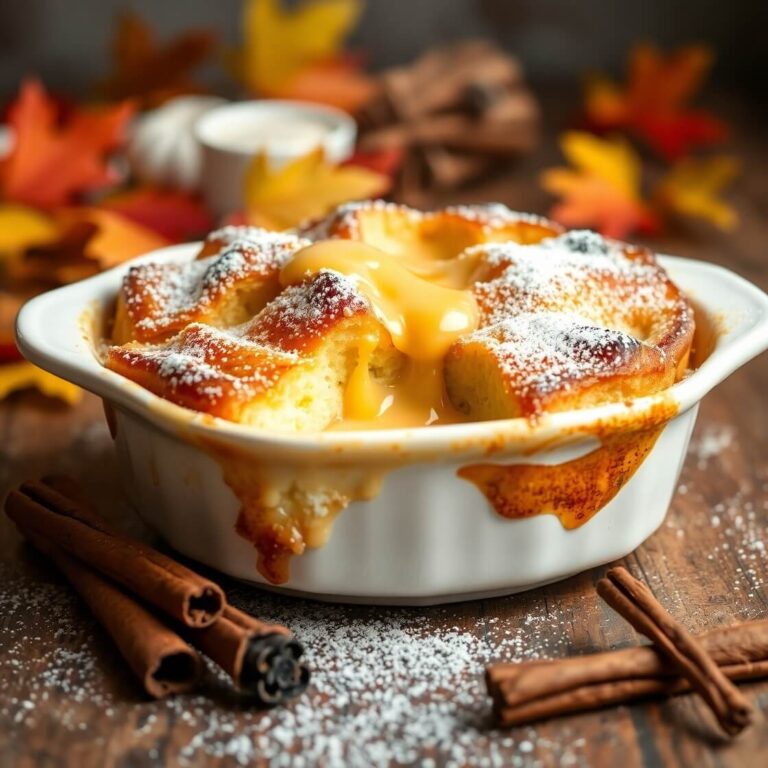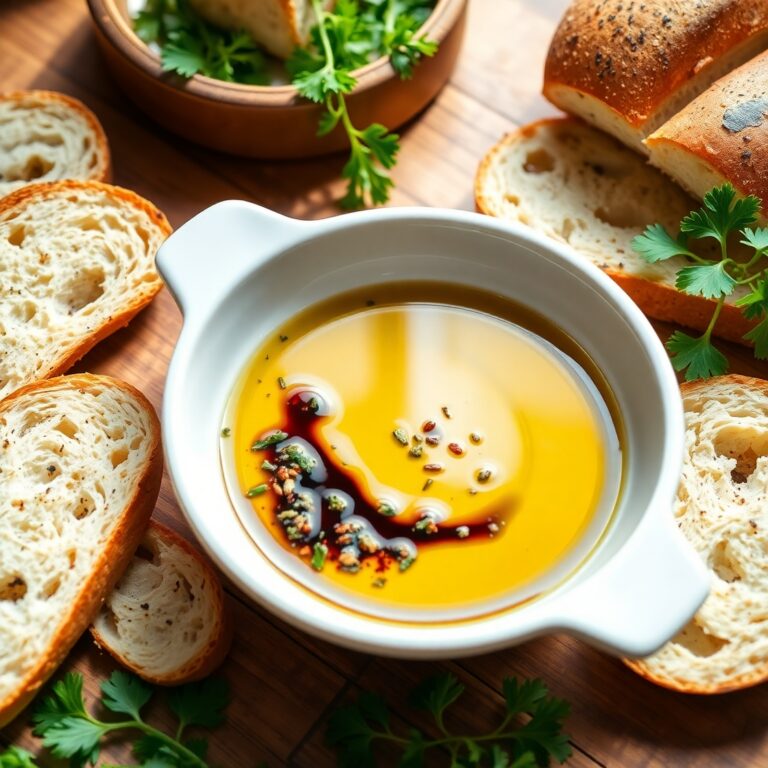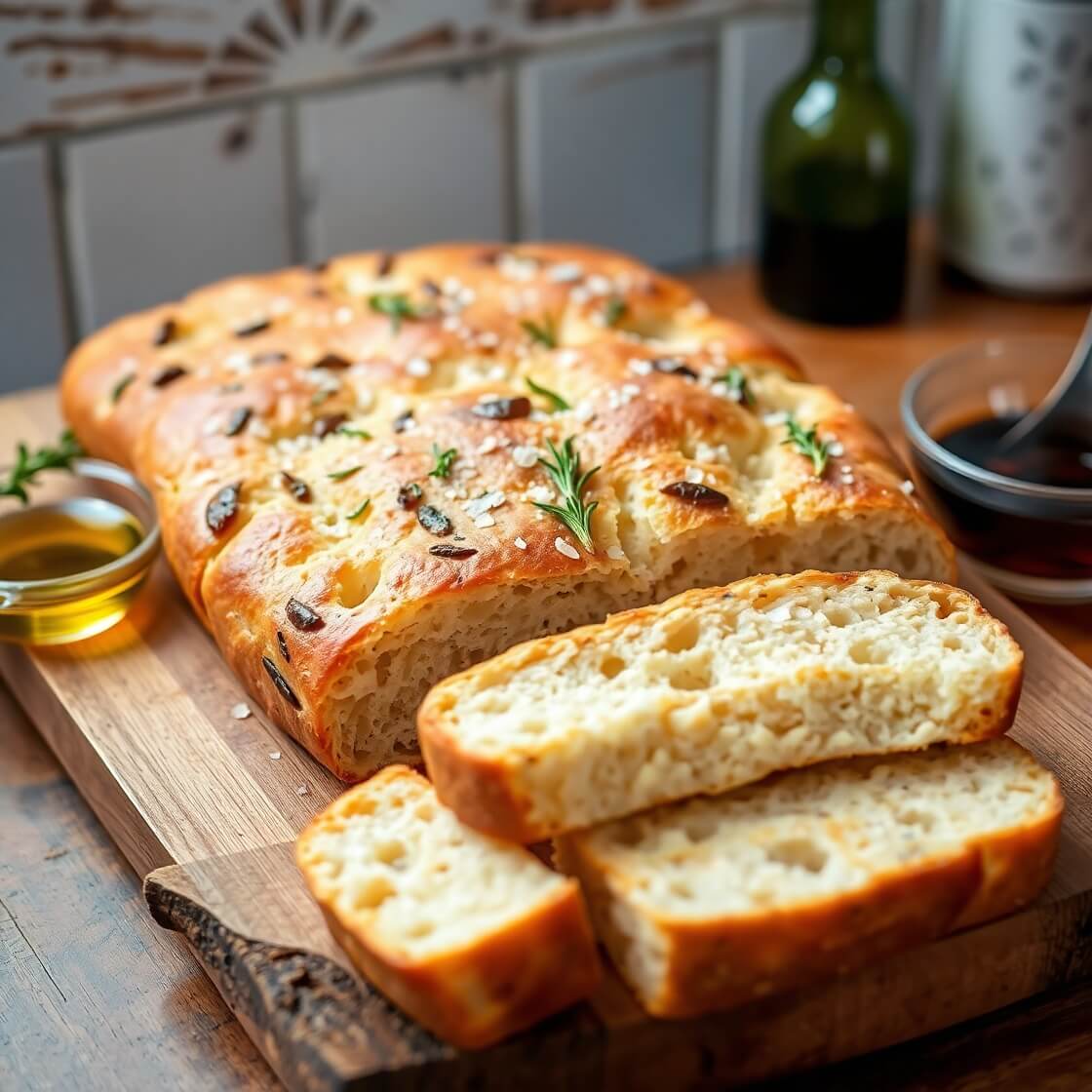
There’s something about the golden crust and pillowy inside of homemade focaccia that feels like a warm hug from an Italian grandmother. I first made this recipe on a rainy weekend, craving something cozy but satisfying—something that could turn a basic pantry into a rustic Italian kitchen. And let me tell you, this focaccia delivered.
Whether you’re baking to impress guests, bring a little comfort to your day, or simply want to fill your home with the smell of fresh-baked bread, focaccia is the answer. It’s easy enough for beginners, but special enough to make you feel like a seasoned baker.
Stick with me—because once you’ve made this recipe, you’ll want to bake it every weekend.
Why I Love This Recipe
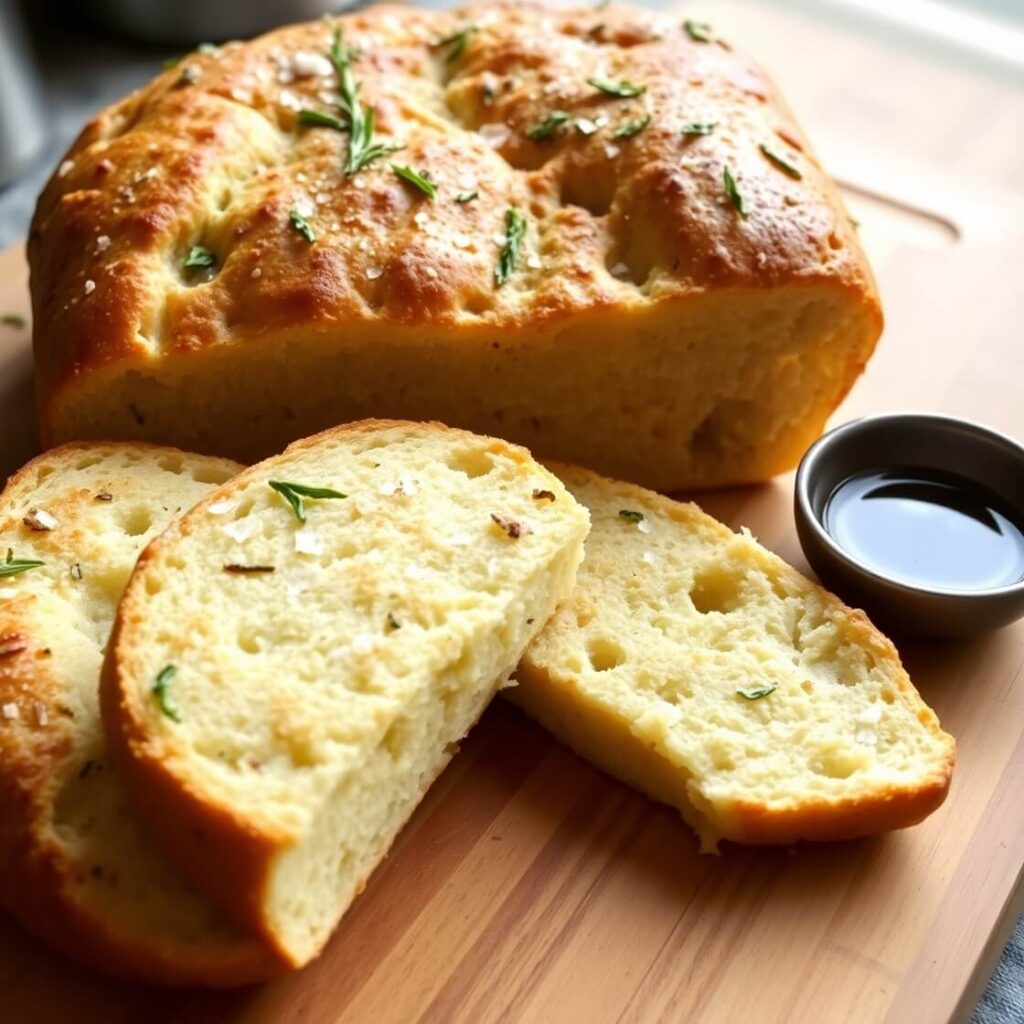
Focaccia is so much more than bread—it’s the intersection of simplicity and flavor.
What makes this focaccia special is how incredibly easy it is to prepare without sacrificing texture or taste. The dough is forgiving and fuss-free, meaning even if you’ve never baked bread before, this recipe has your back. And the payoff? A crunchy, olive oil-rich crust that crackles when you cut into it, revealing a soft, chewy, airy interior that’s beautifully seasoned.
It’s also wildly versatile. Add rosemary and sea salt for a classic finish, or go bold with cherry tomatoes, garlic, caramelized onions, or olives. Focaccia can be a side, a sandwich base, or even a pizza crust with the right toppings.
This is the kind of recipe you’ll keep returning to because it never lets you down—and it makes you feel like a pro.
Ingredients for Focaccia Bread Recipes
This isn’t the kind of recipe where you need to hunt down fancy ingredients. Most of what you need is already in your pantry.
What really sets focaccia apart is its simplicity. That said, every ingredient here serves a purpose—so choose the best quality you can.
Here’s what you’ll need:
- All-purpose flour: The base of your dough. You could also use bread flour for a slightly chewier texture.
- Warm water: Helps activate the yeast and form the dough.
- Active dry yeast: Gives the dough its beautiful rise.
- Sugar: Just a touch to activate the yeast and balance flavors.
- Kosher salt: Essential for the dough and the finish.
- Olive oil: The star of focaccia. Use the best extra virgin olive oil you can—it brings richness, flavor, and a beautiful golden crust.
- Flaky sea salt (like Maldon): For that perfect finishing touch.
- Fresh rosemary (optional but recommended): Classic flavor and aroma that lifts the entire dish.
Optional additions:
- Sliced cherry tomatoes
- Kalamata olives
- Roasted garlic cloves
- Caramelized onions
- Sun-dried tomatoes
The beauty is, once you master the base recipe, you can riff on it however you like.
How Much Time Will You Need
Here’s the great news: while the dough does need time to rise, the hands-on part is super minimal.
- Prep time: 15 minutes
- First rise: 1 to 2 hours
- Second rise: 30 to 45 minutes
- Bake time: 20 to 25 minutes
- Total time: Around 2.5 to 3.5 hours (but most of it is just waiting)
You can even prep the dough the night before and let it rise in the fridge for a deeper flavor.
How to Make This Focaccia Bread
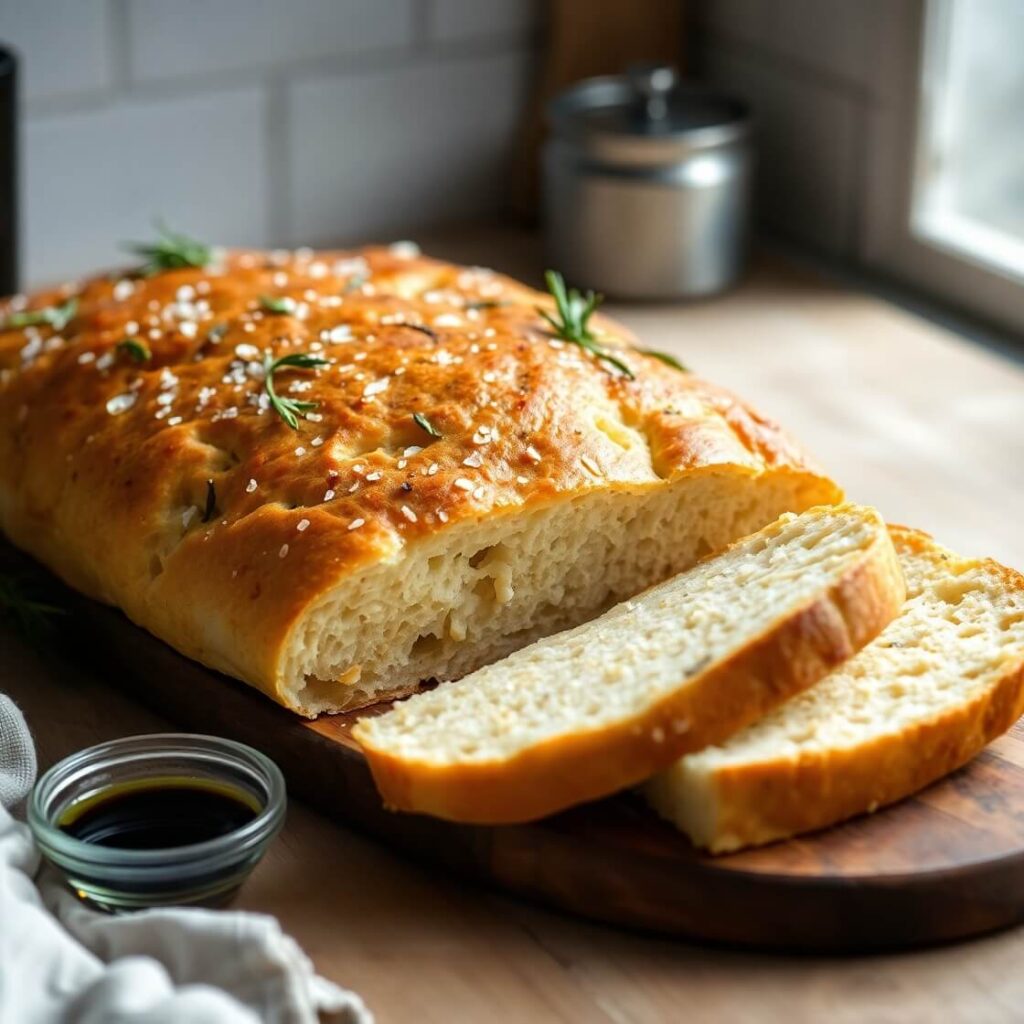
This step-by-step guide will walk you through everything—even if you’ve never made bread before.
Step – 1: Activate the yeast
In a large mixing bowl, combine 2¼ teaspoons active dry yeast (one packet), 1½ cups warm water (about 100-110°F), and 1 teaspoon sugar. Stir gently and let sit for 5–10 minutes until foamy on top. This means your yeast is alive and ready to go.
Step – 2: Make the dough
Once the yeast is bubbly, add 3½ cups all-purpose flour and 1½ teaspoons kosher salt to the bowl. Stir until a shaggy dough forms. Then drizzle in 2 tablespoons of olive oil and mix until it becomes one sticky, slightly loose ball of dough.
You can knead it briefly (5 minutes) in the bowl or on a floured surface if you’d like it smoother, but it’s not necessary.
Step – 3: First rise
Coat a clean bowl with a little olive oil and place your dough inside, turning it once to coat. Cover it with plastic wrap or a clean towel and let it rise in a warm spot for 1 to 2 hours, or until doubled in size.
Step – 4: Prep the pan
Generously grease a 9×13-inch baking pan with olive oil. This is what gives the bottom of the focaccia its signature crispy texture.
Transfer the risen dough to the pan and gently stretch it out to the edges. It may resist at first—just let it rest 5–10 minutes and try again.
Step – 5: Second rise
Cover the dough loosely and let it rise again for 30–45 minutes. It should get puffier and fill the pan more completely.
Step – 6: Dimple the dough
Now comes the fun part: drizzle the dough with a few more tablespoons of olive oil. Use your fingers to press deep dimples all over the surface—this helps the oil settle into the bread and creates those iconic pockets.
Step – 7: Add toppings
Sprinkle with flaky sea salt, chopped rosemary, and any other toppings you love—think roasted garlic, halved tomatoes, or olives.
Step – 8: Bake it
Preheat your oven to 425°F (220°C). Bake the focaccia for 20–25 minutes, or until the top is golden brown and crisp. It should sound hollow when tapped.
Step – 9: Cool and slice
Let it cool in the pan for 10 minutes before transferring to a wire rack. Slice into squares or strips and serve warm or at room temp.
Substitutions
Don’t have rosemary? No problem. Want to make it gluten-free? I’ve got you.
Focaccia is wonderfully adaptable. Here are some tried-and-true substitutes to suit your pantry or dietary needs:
- Flour: Swap all-purpose with bread flour for a chewier texture, or use a gluten-free blend (with xanthan gum) if needed.
- Yeast: Instant yeast can be used—just skip the activation step and mix it directly with flour.
- Herbs: Instead of rosemary, try thyme, oregano, or za’atar for a Middle Eastern twist.
- Oil: While olive oil is preferred, avocado oil can work in a pinch—just note the flavor will be milder.
- Toppings: Use whatever’s in season. Try thin-sliced potatoes with parmesan, or roasted red peppers and goat cheese.
Play around and find your own signature twist.
Best Side Dish of Focaccia Bread
Focaccia can be a meal on its own, but pairing it with the right dish takes it to a whole new level.
Here are a few perfect pairings:
Creamy Tomato Basil Soup
Rich, velvety, and perfect for dipping warm focaccia straight into the bowl.
Antipasto Salad
A fresh mix of olives, artichokes, salami, and cheese—balanced with the soft chew of the bread.
Grilled Chicken Caesar
Focaccia makes an amazing side or even a base for a loaded sandwich with grilled chicken and Caesar dressing.
Serving and Presentation Tips
When it comes to focaccia, how you serve it makes all the difference. This bread is rustic, yes—but that doesn’t mean presentation should be an afterthought.
Set the tone by serving your focaccia on a wooden cutting board or rustic stone platter. The golden crust, shiny with olive oil, practically glows under natural light. Cut it into thick rectangular slices or irregular wedges to emphasize its homemade charm. A light scatter of sea salt flakes or a final drizzle of good olive oil just before serving adds the perfect finishing touch.
Want to take it up a notch? Add a small ramekin of olive oil and balsamic vinegar on the side for dipping. A sprinkle of crushed chili flakes or grated parmesan on top right before serving also makes it pop both visually and flavor-wise.
Whether you’re setting out a platter for a dinner party or slicing some for a cozy lunch, focaccia looks best when you lean into its simple, handmade beauty.
Tips and Tricks to Make This Recipe Better
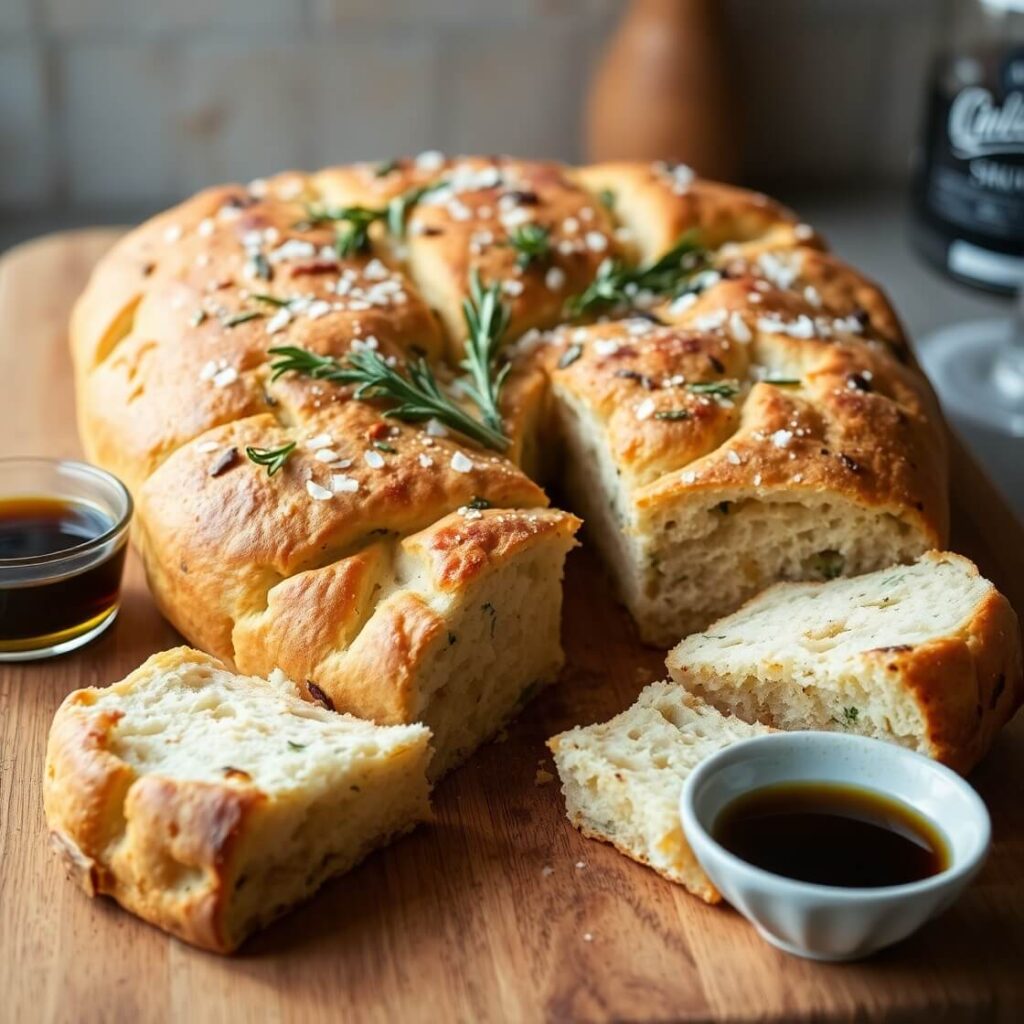
There are a few secrets that separate good focaccia from great focaccia—and lucky for you, they’re easy to master.
- Use room temperature water or slightly warm water for the dough: Too hot, and you’ll kill the yeast. Aim for just warm to the touch.
- Don’t skimp on the olive oil: It’s the key to that crispy, golden crust and moist interior. Be generous.
- Let the dough rise fully: If you rush the rise, the bread will be dense instead of airy. Patience pays off.
- Use your fingers, not tools, to dimple the dough: This helps trap pockets of oil and adds that signature look.
- Chill the dough overnight for more flavor: The longer, cold fermentation develops deeper taste and texture.
These small adjustments take almost no extra effort but deliver a noticeably better loaf every single time.
Common Mistakes to Avoid
Even though focaccia is beginner-friendly, there are a few common slip-ups to steer clear of.
- Skipping the second rise: It might seem optional, but it’s not. This extra time gives the dough its final lift and pillowy structure.
- Over-flouring the dough: The dough is meant to be a little sticky. Adding too much flour can make it dry and dense.
- Underbaking: Focaccia should be deeply golden with a crisp crust. If it’s pale, it probably needs a few more minutes in the oven.
- Not using enough olive oil: Remember, the oil is part of the flavor. A dry pan means a less flavorful crust.
- Using old yeast: If your yeast doesn’t bubble in the first step, it’s not active. Always check the expiration date.
Avoid these pitfalls, and your focaccia will come out bakery-level every time.
How to Store It
Focaccia is best eaten the day it’s made—but that doesn’t mean leftovers have to go to waste.
Let it cool completely before storing. Wrap the bread in foil or parchment and place it in an airtight container or resealable bag. It will stay fresh at room temperature for up to 2 days.
To reheat, wrap in foil and warm in a 350°F oven for about 10 minutes to refresh the crust. You can also toast slices in a skillet with a touch of olive oil.
If you want to store it longer, slice and freeze it. Just place parchment between layers and store in a zip-top bag. It’ll keep for up to 3 months in the freezer.
FAQ
Can I use whole wheat flour for this recipe?
Yes, but it will change the texture and flavor. Try replacing half the all-purpose flour with whole wheat for a more wholesome twist.
Can I make this dough ahead of time?
Absolutely. Let it rise overnight in the fridge—this enhances flavor and gives a better texture.
What size pan should I use?
A 9×13-inch pan works perfectly, but you can also use two 8-inch pans for thicker focaccia or a sheet pan for thinner slices.
How do I know when it’s done baking?
It should be golden brown on top, with crispy edges, and sound hollow when tapped.
Can I use flavored oils in this recipe?
Yes! Garlic-infused, rosemary, or chili oils work beautifully to enhance the final taste.
Focaccia Bread Recipes
This rustic homemade focaccia recipe is the kind of bread that transforms any meal into something special. With its golden crust, dimpled top, and perfectly seasoned olive oil finish, this focaccia is a crowd-pleaser from the very first bite. It’s easy enough for first-time bakers but impressive enough for any dinner party. Whether you serve it with soup, salad, or as a snack with a glass of wine, this is the bread you’ll come back to again and again. Customize it with your favorite herbs or toppings and make it your own signature bake.
- Prep Time: 15 minutes
- Cook Time: 25 minutes
- Total Time: 3 hours
- Yield: 10-12
- Category: Bread
- Method: Baking
- Cuisine: Italian
- Diet: Vegetarian
Ingredients
- 3½ cups all-purpose flour
- 1½ cups warm water (100–110°F)
- 2¼ tsp active dry yeast (1 packet)
- 1 tsp sugar
- 1½ tsp kosher salt
- ¼ cup extra virgin olive oil (plus more for drizzling)
- Flaky sea salt (for topping)
- Fresh rosemary or preferred herbs (optional)
Instructions
- Combine warm water, sugar, and yeast in a large bowl. Let it sit for 5–10 minutes until foamy.
- Stir in flour and salt, then mix until dough forms. Add olive oil and knead lightly until the dough is cohesive but sticky.
- Place in a greased bowl, cover, and let rise for 1–2 hours until doubled.
- Transfer dough to an oiled 9×13-inch baking pan. Gently stretch to fill the pan. Let rise again for 30–45 minutes.
- Preheat oven to 425°F. Dimple the dough using your fingers and drizzle with more olive oil. Add toppings if desired.
- Bake for 20–25 minutes until golden brown and crisp on top.
- Cool slightly before slicing and serving.
Notes
- For extra flavor, let the dough ferment in the fridge overnight. Experiment with toppings like roasted garlic, tomatoes, or caramelized onions. Serve warm for best results.
Nutrition
- Serving Size: 10-12
- Calories: 220
- Sugar: 1g
- Sodium: 290mg
- Fat: 9g
- Saturated Fat: 1.5g
- Unsaturated Fat: 7g
- Trans Fat: 0g
- Carbohydrates: 30g
- Fiber: 1g
- Protein: 4g
- Cholesterol: 0mg

